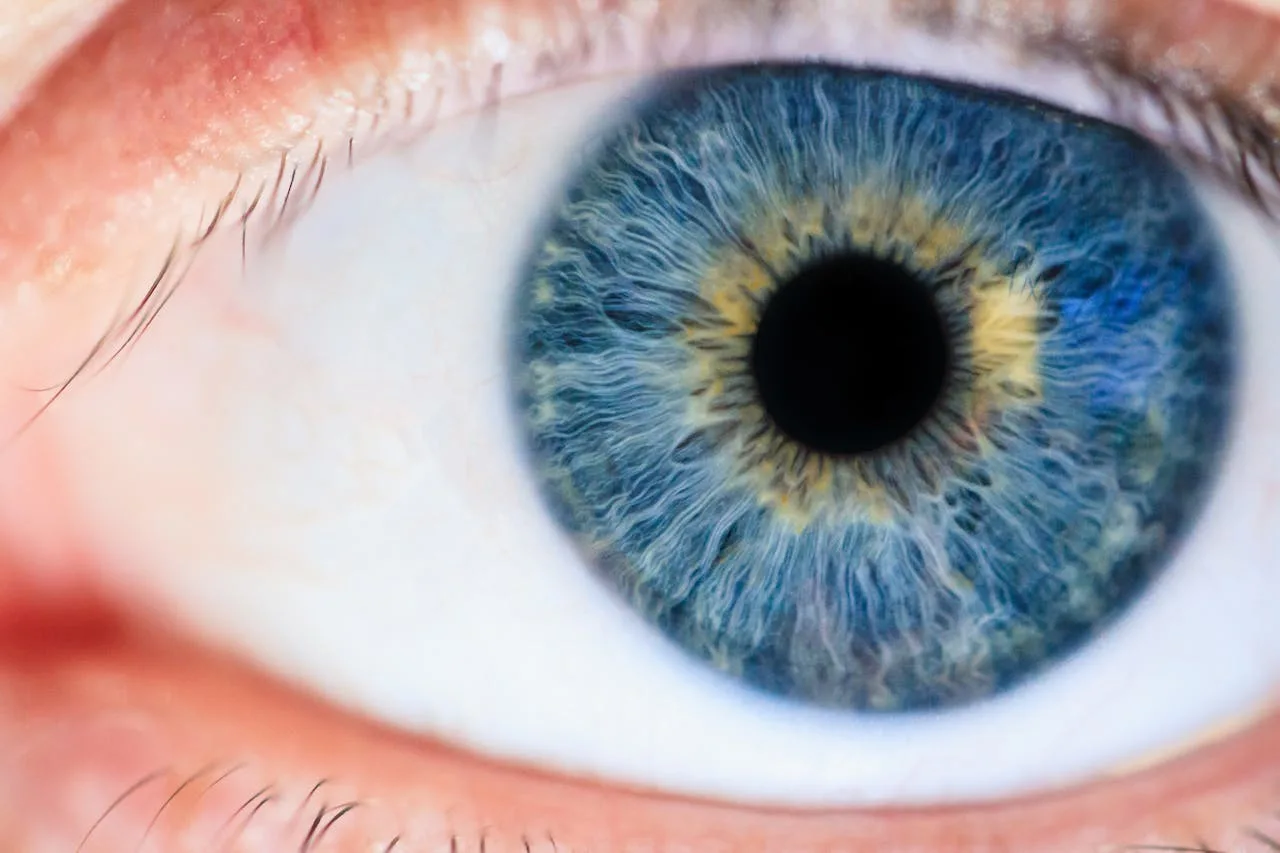A new preclinical study titled “Intravitreal Transplantation of Retinal Progenitor Cells Improves Outcome Measures in a Rat Model of Diabetic Retinopathy” provides compelling evidence that retinal progenitor cell (RPC) transplantation may protect and restore retinal function in diabetic retinopathy (DR), one of the most prevalent causes of vision loss worldwide. The research demonstrates that RPCs, when transplanted intravitreally, can deliver both neuroprotective and vasculoprotective benefits—offering a potential breakthrough in a field where current treatments fail to address the disease’s neuronal component.
A Global Health Challenge: The Burden of Diabetic Retinopathy
Diabetic retinopathy affects more than 600 million people globally who live with diabetes, making it the most common microvascular complication of the disease and a leading cause of preventable blindness in adults. The condition arises from chronic hyperglycemia-induced damage to the retina’s microvasculature, leading to vascular leakage, ischemia, and neuronal degeneration.
Despite the availability of therapies such as anti-VEGF injections, laser photocoagulation, and vitrectomy, most current treatments target only the vascular symptoms of DR, leaving neural degeneration—a key contributor to vision loss—largely unaddressed. Furthermore, these interventions can be invasive, require repeated administration, and carry potential side effects such as inflammation and retinal detachment. This underscores the urgent need for disease-modifying approaches that can preserve or restore retinal neurons and synaptic architecture while maintaining vascular stability.
Study Overview: Testing Retinal Progenitor Cell Therapy in a Rat Model
The new study, published in the International Journal of Molecular Sciences, aimed to determine whether intravitreal transplantation of RPCs could improve functional and structural outcomes in an experimental rat model of diabetic retinopathy.
Researchers used Long Evans rats, inducing diabetes chemically and then administering RPC injections into the vitreous cavity one week after disease onset. Two experimental approaches were tested:
- Allogeneic rat RPCs, transplanted without immunosuppression.
- Human RPCs, transplanted with cyclosporin A to prevent immune rejection.
The goal was to assess whether transplanted RPCs could integrate into the diseased retinal environment and provide measurable improvements in vision-related functions.
Functional testing occurred six weeks after diabetes induction using several standardized methods:
- Electroretinogram (ERG) to assess retinal electrical activity, particularly b-wave and oscillatory potentials that reflect photoreceptor and inner retinal layer function.
- Optomotor response (OR) to measure visual acuity and spatial recognition.
- Contrast sensitivity (CS) to evaluate the retina’s ability to distinguish between varying levels of light and dark stimuli.
At eight weeks, retinas were collected and analyzed histologically through immunohistochemistry, focusing on vascular permeability, expression of angiogenic markers like VEGF, and structural preservation of retinal layers.
Key Findings: Functional and Anatomical Recovery
The study’s results were striking, demonstrating robust benefits in animals that received RPC transplantation compared to untreated diabetic controls.
- Enhanced Retinal Function:
Rats treated with RPCs showed significantly improved ERG responses, including stronger b-wave amplitudes and better oscillatory potentials—indicators of restored retinal signal transmission. These improvements correlated with superior visual behavior outcomes, as evidenced by increased optomotor responses and contrast sensitivity. - Neuroprotective and Vasculoprotective Effects:
Histological analyses revealed that RPC-treated eyes exhibited reduced vascular leakage, confirmed by lower albumin extravasation into retinal tissues. There was also a decrease in VEGF expression, suggesting that RPCs may exert paracrine effects to normalize angiogenic signaling and reduce pathological neovascularization. Moreover, treated retinas maintained better cellular and synaptic organization, highlighting RPCs’ potential to preserve or regenerate neural structures damaged by hyperglycemia. - Cross-Species Translational Relevance:
Importantly, transplantation with human-derived RPCs reproduced many of the same benefits observed with rat RPCs, demonstrating cross-species compatibility and underscoring the translational potential of this approach for human clinical application.
A Step Toward Regenerative Ophthalmology
“These findings provide important proof-of-concept that retinal progenitor cell transplantation can deliver both neuroprotective and vasculoprotective benefits in an animal model of diabetic retinopathy,” said Dr. Henry J. Klassen, senior author and Professor at the Gavin Herbert Eye Institute, University of California, Irvine. “Our results support further investigation into RPCs as a potential cell-based therapeutic approach for clinical treatment of this sight-threatening condition.”
Dr. Klassen’s lab has been at the forefront of cell-based retinal repair research, exploring how stem and progenitor cells can restore damaged retinal tissue. The team’s previous studies in degenerative eye diseases such as retinitis pigmentosa and age-related macular degeneration have also demonstrated that RPCs can promote functional recovery through neurotrophic support and cell replacement mechanisms.
This latest work extends that paradigm to diabetic retinopathy, a disease not traditionally viewed through a regenerative lens but increasingly recognized as involving profound neuronal degeneration alongside vascular pathology.
Implications for Future Therapies
If translated successfully to humans, RPC transplantation could represent a paradigm shift in DR treatment. Instead of merely halting disease progression, RPCs could restore vision by rebuilding retinal architecture and function. Moreover, the intravitreal route—already familiar to ophthalmologists administering anti-VEGF therapies—makes this approach clinically feasible and minimally invasive.
Future research will likely explore optimizing RPC survival and integration, understanding their molecular mechanisms of action, and testing safety and efficacy in larger animal models before advancing to early-phase human clinical trials. Combining RPC therapy with existing vascular-targeting treatments could yield synergistic effects, offering a more comprehensive and durable treatment strategy for diabetic eye disease.
Support and Acknowledgments
This work was made possible through support from multiple organizations dedicated to advancing vision science. Funding was provided by the Discovery Eye Foundation and a gift from the Polly and Michael Smith Foundation. The researchers also acknowledged the Gavin Herbert Eye Institute at the University of California, Irvine, which received an unrestricted grant from Research to Prevent Blindness, as well as additional support from the National Institutes of Health (NIH) grant P30 EY034070.
A Promising Horizon for Vision Restoration
The study’s findings reinforce the growing potential of cell therapy as a regenerative tool in ophthalmology. By addressing both the vascular and neuronal components of diabetic retinopathy, retinal progenitor cells could become a transformative therapy—one capable of not just preventing blindness, but restoring vision in millions of patients worldwide.
As Dr. Klassen emphasized, “Our data suggest that cell-based therapies like RPC transplantation may finally bridge the gap between symptom control and true tissue repair in diabetic eye disease—bringing us one step closer to a future where vision loss from diabetes can be reversed rather than merely managed.”



